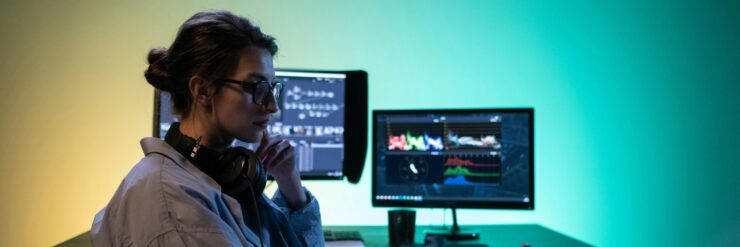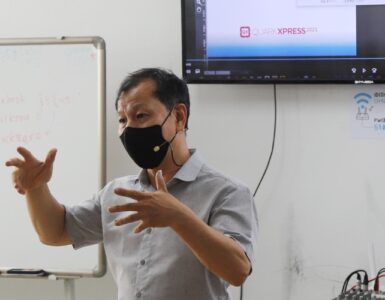The Classroom Meets the Deepfake
Once a novelty, deepfakes have quickly morphed into a societal challenge—blurring the lines between truth and illusion. For higher education, this isn’t just a tech issue; it’s a cultural, ethical, and pedagogical one. From political misinformation to AI-generated media art, synthetic content is rewriting the rules of knowledge and trust. Colleges and universities are stepping up—not just to warn students about these risks, but to train them to navigate, critique, and even create responsibly within this new landscape.
Teaching Detection: From Algorithms to Awareness
The first line of defense is detection. Universities are integrating technical modules that train students in spotting AI-generated visual and audio cues—whether it’s through facial microexpressions, pixel anomalies, or synthetic voice patterns. But the focus isn’t only on tech tools; it’s also on cultivating critical thinking. Can students question what they see online? Can they verify before they amplify? These skills are becoming as essential as writing an essay or analyzing a text.
Media Literacy Reimagined for the AI Age
Traditional media literacy is no longer enough. Today’s students must be equipped to navigate a world where content can be convincingly faked at scale. Courses now explore the psychological and sociopolitical implications of synthetic media—from trust erosion in journalism to the weaponization of fake personas in activism and conflict. This shift demands not only new skills, but new frameworks for understanding how media shapes belief and behavior.
Risk Mitigation: Protecting People, Institutions, and Reputations
With great realism comes great risk. Deepfakes have already been used for character assassination, academic hoaxes, and misinformation campaigns. As part of their curriculum, institutions are exploring how to protect faculty, students, and research from digital impersonation. Scenario-based learning—such as crisis simulations or real-world case studies—is helping prepare future leaders to respond quickly and ethically to deepfake-related threats.
Cross-Cultural Ethics: Who Gets to Fake, and Why?
Deepfake education isn’t just about stopping bad actors—it’s also about understanding cultural context. What might be satire in one region could be seen as misinformation in another. Universities are exploring how different societies interpret synthetic content and where ethical boundaries lie. This global perspective is crucial, especially in programs tied to journalism, public policy, and international studies, where deepfakes could have dramatically different implications based on geography and governance.
The Creative Flip Side: Deepfakes as Academic Tools
Interestingly, not all deepfakes are dangerous. In some curricula, synthetic media is being studied—and even used—as a tool for artistic expression, historical reconstruction, or immersive learning. Imagine students watching a digitally recreated conversation between Gandhi and MLK, or using AI avatars to simulate lost indigenous languages. These applications open doors to engagement that’s both innovative and responsible—when guided by strong ethical frameworks.








